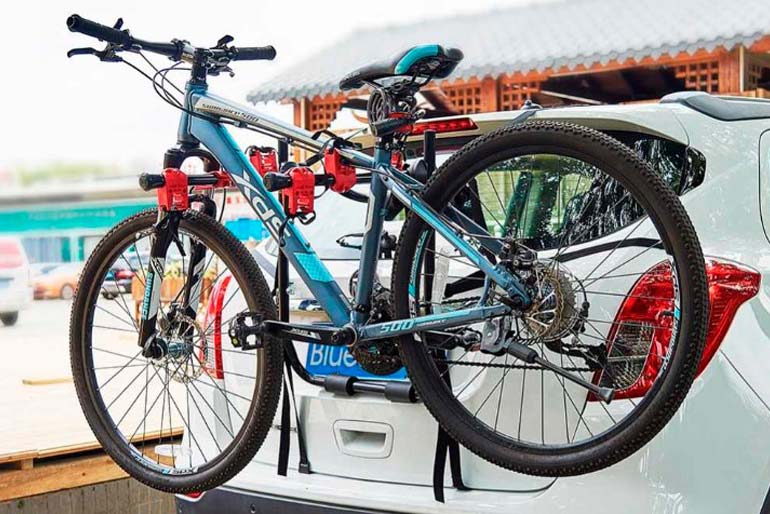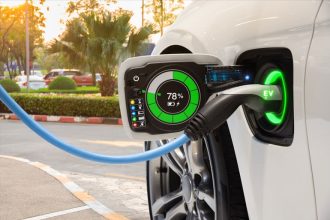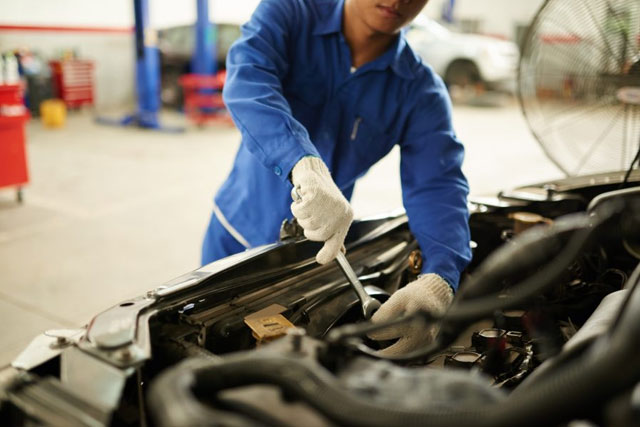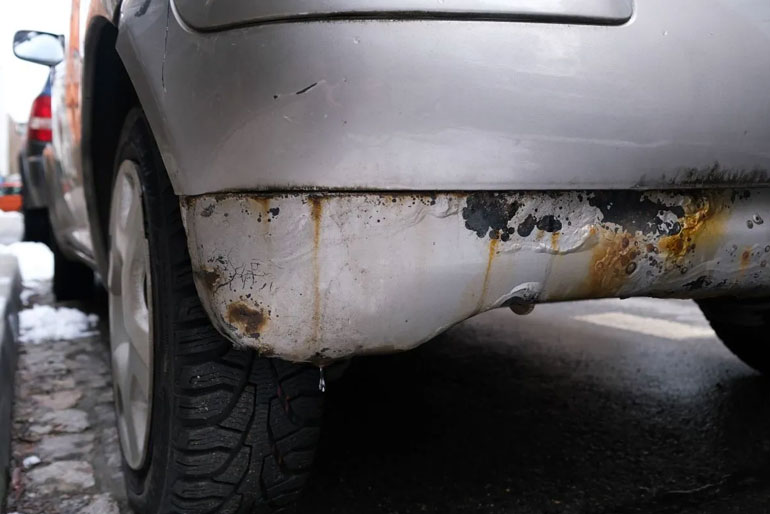Rust can naturally appear over time. It may be concerning to see – but fear not. With the right treatment you can remove surface rust and prevent further damage.
Winters are especially harsh for cars. with salt gritted roads, ice and rainfall, your car’s chassis and bodywork are always being attacked.
How To Remove Surface Rust
According to Mark from Preserve Protect “Surface rust is the first stage of corrosion that appears as small spots, nicks, or scratches on your car’s paintwork. Addressing it promptly can prevent further deterioration.”
Here’s a step-by-step guide to tackling surface rust:
1. Identify Surface Rust
- Look for small areas where the paint has chipped, cracked, or scratched.
- Surface rust is typically shallow and affects only the top layer of your car’s metal.
2. Gather Your Materials
- You’ll need sandpaper (around 50-grit), rust inhibitor (like Dinitrol), rubber gloves, a brush or sponge, primer, paint, and clearcoat.
3. Prepare The Surface
- Start by using the sandpaper to gently remove the rust and any loose paint around the affected area.
- Continue sanding until you see clean, bright metal beneath the rust.
4. Rust Inhibitor Application
- Apply the rust inhibitor (like Dinitrol) to the cleaned metal surface. This product converts the remaining iron oxide into a stable compound that prevents further rusting.
- Make sure to follow the instructions on the rust inhibitor product for the best results.
5. Dry And Apply A Second Coat
- Allow the first coat of rust inhibitor to dry for at least 15-30 minutes.
- Apply a second thin layer and wait for another half hour for it to dry.
6. Priming And Painting
- If you can keep the treated area moisture-free for 24 hours, you can proceed with priming.
- Apply a layer of primer suitable for automotive use.
- Follow up with matching automotive paint and a clear coat to blend the repaired area with the rest of the car’s finish.
7. Buffing And Blending
- After painting, use a buffer to smooth out the repaired spot, ensuring it matches the rest of the car’s surface.
- Regularly inspect your car’s exterior for new signs of surface rust and address them promptly to maintain your vehicle’s appearance and prevent more extensive rust issues.
How To Prevent Rust In Winter
To prevent rust, wash your car regularly to remove corrosive substances like road grime and salt. Clear drain holes and use lubricants like WD-40 to protect against moisture. Consider applying a rust-protective sealant from Preserve Protect to your car’s underside. Regular maintenance and rust prevention will help extend your vehicle’s lifespan.







